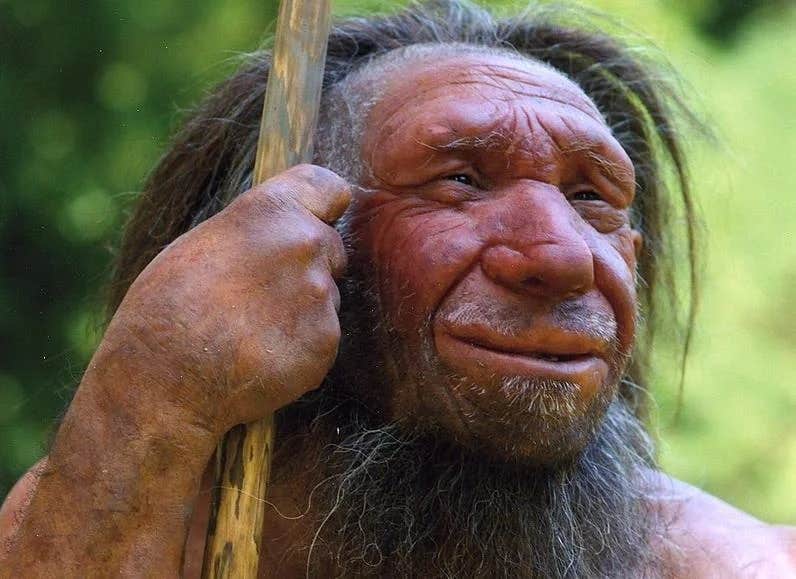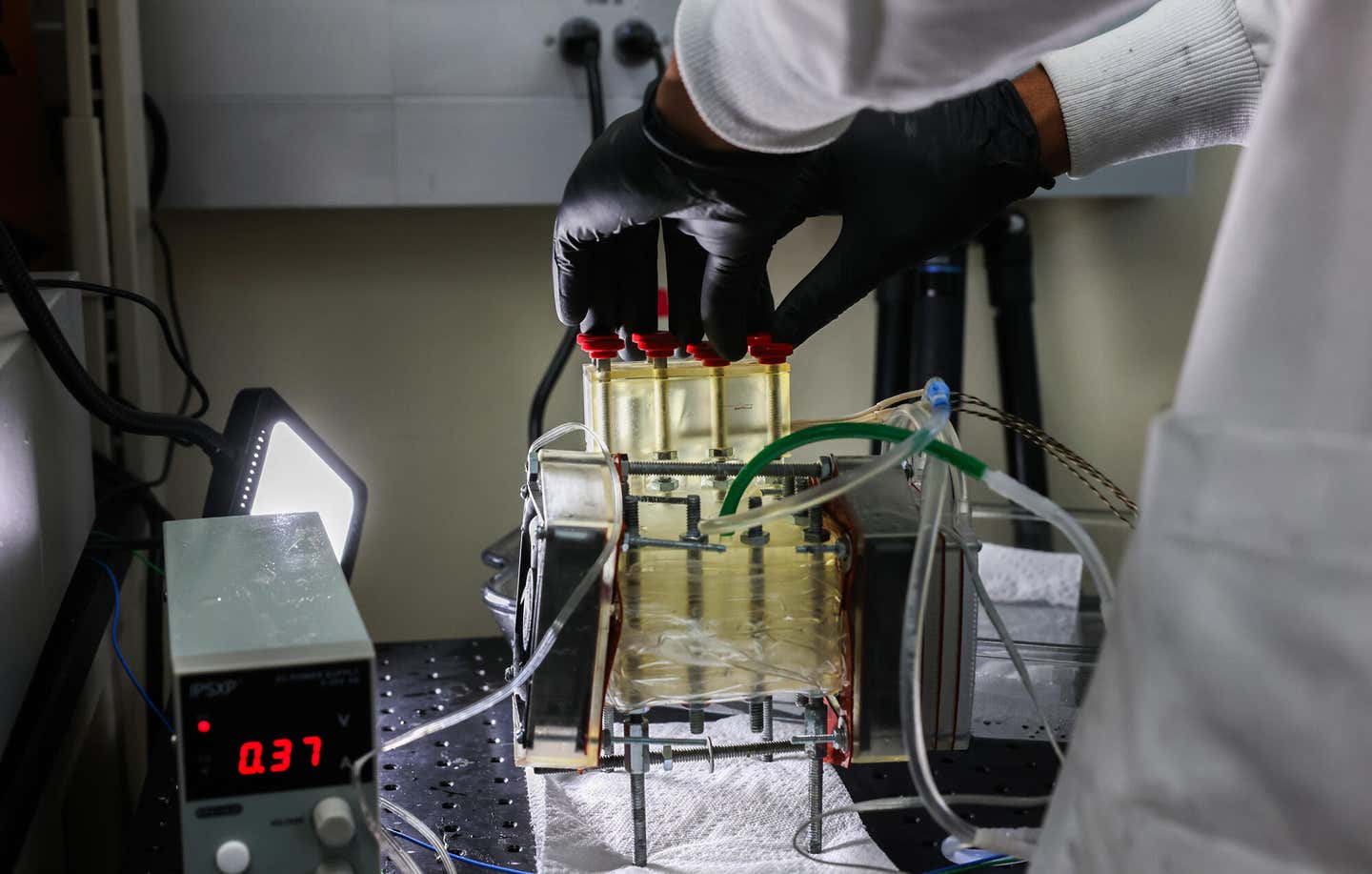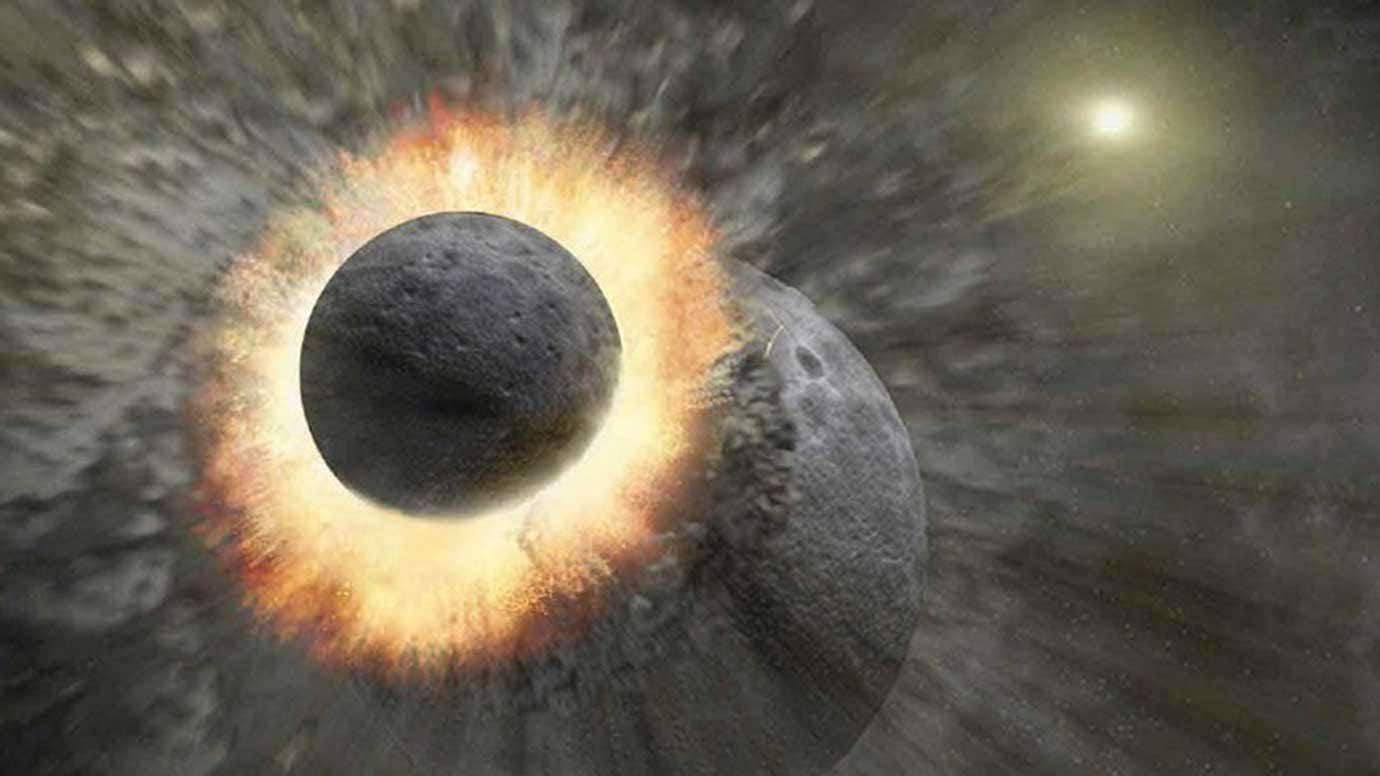New fossil and DNA evidence reveals significant Neanderthal diversity
New research challenges long-held beliefs about Neanderthal evolution, revealing a complex history of genetic diversity, population shifts, and adaptation.

Neanderthals evolved through a complex web of population shifts and genetic changes. (CREDIT: CC BY-SA 4.0)
The story of Neanderthals is written in bones, genes, and evolutionary shifts that span hundreds of thousands of years. These ancient humans left behind a wealth of fossil evidence, yet their origins, adaptations, and eventual decline remain subjects of ongoing scientific debate.
Recent studies challenge long-held beliefs about how Neanderthals evolved, revealing a more complex picture of their genetic and morphological history.
The Origins and Evolutionary Pathway
Neanderthals, among the best-documented pre-modern humans, emerged around 250,000 years ago from European populations that existed between 500,000 and 250,000 years ago. They shared a common ancestor with Denisovans and modern humans, diverging from the human lineage between 765,000 and 550,000 years ago. Their evolutionary history is entangled with other early human species, particularly Homo heidelbergensis and Homo antecessor.
Debates continue about which species directly led to Neanderthals. Some scientists argue that Homo heidelbergensis, found in both Africa and Europe, gave rise to both Neanderthals and modern humans.
Others suggest that Homo heidelbergensis was limited to Europe, while an African species, possibly Homo rhodesiensis, led to modern humans. Despite decades of research, the phylogenetic relationships among these ancient species remain unresolved.
Two primary models explain how Neanderthals acquired their distinct physical traits. The accretion model suggests their features developed gradually due to population isolation and genetic drift, driven by climate fluctuations.
The two-phase model proposes that early European populations underwent craniofacial changes due to body size shifts, followed by more complex developmental processes that led to Neanderthals’ unique skull structure. Evidence points to a combination of both models, indicating a gradual but occasionally punctuated evolution.
Related Stories
Genetic Bottlenecks and Population Dynamics
Neanderthals lived through extreme climate changes that influenced their population structure. Ancient DNA (aDNA) analysis has shown that they experienced multiple bottlenecks—sharp reductions in population size—throughout their history. One major bottleneck occurred approximately 110,000 years ago, leading to a significant loss of genetic diversity among later Neanderthals.
Early Neanderthals had greater genetic diversity, suggesting they were part of a larger, more connected population. Over time, their numbers dwindled, possibly due to harsh environmental conditions, habitat fragmentation, and limited genetic exchange. By the Late Pleistocene, Neanderthals displayed less genetic and morphological variation than modern humans, hinting at a long period of population decline.
Gene flow between Neanderthals and other hominins, including modern humans, added complexity to their evolutionary history. Studies show that early humans and Neanderthals interbred, with modern human genomes retaining up to 5% Neanderthal DNA. Additionally, some Neanderthal groups remained isolated for long periods, while others experienced population turnovers and genetic mixing.
Despite these insights, genetic data from Neanderthals older than 100,000 years remains scarce. Advances in DNA extraction techniques have allowed researchers to retrieve genetic material from sediments and fossilized remains, but more ancient samples are needed to fully understand their evolutionary journey.
Morphological Studies and New Discoveries
A recent study led by Alessandro Urciuoli of the Universitat Autònoma de Barcelona and Mercedes Conde-Valverde of the Universidad de Alcalá examined Neanderthal evolution using fossilized inner ear structures. The semicircular canals, responsible for balance, serve as a reliable indicator of genetic diversity. Their analysis focused on fossils from two sites: Sima de los Huesos in Spain (430,000 years old) and Krapina in Croatia (130,000–120,000 years old).
Findings, published in the journal Nature Communications, revealed that classic Neanderthals had significantly less morphological diversity than earlier groups, confirming a major bottleneck event.
"By including fossils from a wide geographical and temporal range, we were able to capture a comprehensive picture of Neanderthal evolution," said Conde-Valverde. "The reduction in diversity observed between the Krapina sample and classic Neanderthals is especially striking and clear, providing strong evidence of a bottleneck event."
Interestingly, the study also challenged the assumption that Neanderthals started with low genetic diversity. "We were surprised to find that the pre-Neanderthals from Sima de los Huesos exhibited a level of morphological diversity similar to that of the early Neanderthals from Krapina," said Urciuoli.
This contradicts the long-held belief that Neanderthals arose from a small, genetically restricted group. Instead, it suggests they originated from a diverse and widespread population before undergoing genetic decline.
The Legacy and Final Questions
Neanderthals thrived in Europe and Asia for over 200,000 years before disappearing around 40,000 years ago. While their extinction remains a mystery, theories range from climate pressures to competition with modern humans.
The genetic and fossil record continues to reshape our understanding of their history, highlighting their adaptability, resilience, and deep connection to modern humans.
Ongoing research into ancient DNA and fossil morphology is crucial for answering unresolved questions. Were there earlier, unrecognized bottleneck events? How did climate fluctuations shape Neanderthal survival?
As technology advances, new discoveries may reveal more about the fate of these ancient humans and their enduring legacy in human evolution.
Note: Materials provided above by The Brighter Side of News. Content may be edited for style and length.
Like these kind of feel good stories? Get The Brighter Side of News' newsletter.
Rebecca Shavit
Science & Technology Journalist | Innovation Storyteller
Based in Los Angeles, Rebecca Shavit is a dedicated science and technology journalist who writes for The Brighter Side of News, an online publication committed to highlighting positive and transformative stories from around the world. With a passion for uncovering groundbreaking discoveries and innovations, she brings to light the scientific advancements shaping a better future. Her reporting spans a wide range of topics, from cutting-edge medical breakthroughs and artificial intelligence to green technology and space exploration. With a keen ability to translate complex concepts into engaging and accessible stories, she makes science and innovation relatable to a broad audience.



